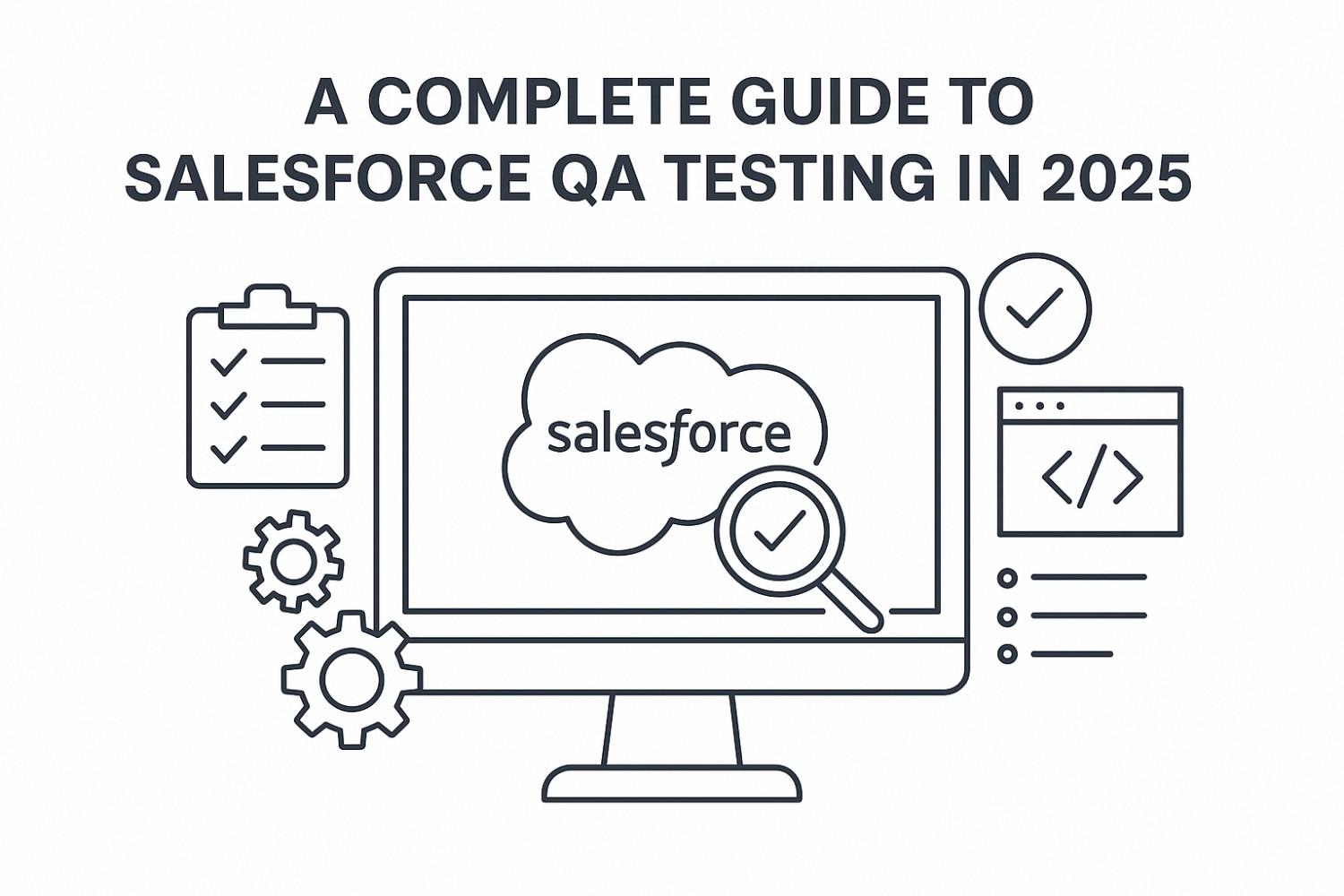You’ve seen it—those two clean, understated letters: CE. Tucked onto the back of your smartphone charger, stamped on the box of your kid’s toy, or etched onto an electric kettle. It’s so subtle, most people barely notice. But here’s the thing: for importers and exporters dealing with the European market, that little mark carries a massive weight. And if you’re shipping goods to the EU or EEA, this isn’t something you can brush aside.
Despite its simplicity, the CE mark is more than just a label. It’s a declaration—a legal statement that a product meets the mandatory health, safety, and environmental protection standards required to circulate in the EU. It’s the European Union’s way of saying, “This product has passed the test.”
CE — Not Just a Logo, But a Passport to the EU Market
Let’s clear something up right off the bat. CE doesn’t stand for “China Export” — a myth that’s still floating around. It stands for Conformité Européenne, meaning European Conformity. And it’s not there to make products look legit; it’s there to prove they are.
CE certification is a requirement for a wide range of goods being sold within the European Economic Area. We’re talking about electronics, toys, machinery, medical devices, pressure equipment, and more. The point is to ensure that products entering the EU are safe for consumers and aligned with relevant EU directives and harmonized standards.
But here’s where things get a little messy. While manufacturers are often the ones responsible for affixing the CE mark, that responsibility doesn’t stop with them. Importers and exporters play a huge role, and failing to understand that can land you in trouble—serious trouble.
You’re Not Just Shipping — You’re Sharing Responsibility
Let’s say you’re a non-EU manufacturer exporting industrial tools to Germany. You’ve got a local distributor lined up, and you assume they’ll handle the compliance. Or maybe you’re the importer, bringing in goods from China for resale across Europe, thinking the manufacturer has taken care of everything.
Either way, if you’re involved in placing a product on the EU market, you’re held accountable under EU product safety laws. Even if you didn’t design the product, if you import or distribute it within the EU, you’re expected to ensure that the CE mark is valid, the technical file is available, and the product meets all applicable regulations. That means checking that the Declaration of Conformity (DoC) is in place, ensuring that labeling and safety instructions are correct and complete, and that the product complies with relevant EU directives.
So, while you may not have been there in the factory during production, you’re still in the legal spotlight once that product crosses into EU territory.
Does Every Product Need CE Marking? Not Exactly.
Not all products require CE certification — but a significant number do. And some might surprise you. Products that typically fall under CE requirements include electrical appliances, construction machinery, toys, pressure equipment, radio devices, and even personal protective equipment.
Each product must comply with specific EU directives or regulations. For instance, a Bluetooth speaker might be subject to the Radio Equipment Directive, the EMC Directive, and the Low Voltage Directive—all at once. That’s where most exporters stumble: they don’t realize their product might fall under multiple regulations simultaneously, each with its own testing and documentation requirements.
Knowing whether your product needs CE marking starts with identifying which EU legislation applies. There are more than two dozen applicable frameworks, so it pays to research thoroughly—or better yet, consult a compliance expert.
The CE Marking Process: Here’s What It Really Takes
Getting CE certification might seem intimidating, but once you break it down, it’s actually a structured process. First, identify the relevant EU directive or regulation that applies to your product. This determines what type of conformity assessment is required. For some products, especially lower-risk items, self-declaration is permitted. That means you, as the manufacturer or importer, conduct your own testing and confirm compliance.
But for higher-risk products—think medical devices, pressure vessels, or certain construction products—you’ll need to bring in a Notified Body. These are independent organizations authorized by the EU to assess conformity. You can find them listed in the EU NANDO database, which is publicly available and regularly updated.
Once testing is complete, you compile a technical file. This is essentially your proof of compliance and includes details like design specs, safety tests, labeling info, and risk assessments. Then, you draft the Declaration of Conformity, a legal document stating the product complies with EU law. Finally, you affix the CE mark—making sure it’s visible, legible, and follows the EU’s specific size and spacing guidelines.
Self-Declaration vs. Notified Body: What’s the Difference?
If your product is classified as low risk, such as certain types of furniture, eyewear, or basic tools, you might be allowed to self-declare compliance. That means no third-party testing is required—just proper documentation and testing conducted internally or by a trusted lab.
But if your product poses higher safety risks, or falls under specific EU harmonized standards, you’ll need a Notified Body to carry out testing or review your technical file. These bodies are licensed by the EU to handle compliance assessments, and their involvement is mandatory in categories like medical devices, gas appliances, personal protective equipment, and machinery.
Bottom line? Whether you self-declare or go through a Notified Body, CE marking is never just a “print-and-stick” situation. Documentation must be ready, accurate, and available upon request—often for up to ten years after the product hits the market.
Importers: Don’t Assume It’s Been Handled
One of the most common mistakes? Importers trusting that the product already has valid CE certification just because it says so on the box. But labeling can be misleading—or downright fake.
If you’re the importer, you’re legally obligated to verify that:
- The CE mark is authentic and applied correctly
- A valid Declaration of Conformity is in place
- The technical file exists and can be produced upon request
- The instructions and safety information are correctly translated into the language(s) of the destination EU country
This isn’t optional. The EU holds importers responsible for what they bring in. If a product is found to be non-compliant, authorities won’t just go after the manufacturer—they’ll go after the importer, too.
Final Thoughts: CE Certification Isn’t Just Bureaucracy — It’s Business Integrity
It’s tempting to think of CE marking as just another hoop to jump through. But it’s much more than that. For importers and exporters, it’s a gateway to the world’s second-largest economy—and a clear message to customers, partners, and regulators that your product is safe, compliant, and professionally managed.
It doesn’t matter whether you’re a first-time exporter or a seasoned importer with years under your belt—getting CE certification right is non-negotiable. It helps prevent customs delays, strengthens your brand’s credibility, and ensures smoother access to European shelves, stores, and online marketplaces.
So don’t cut corners. Don’t rely on assumptions. And definitely don’t underestimate the power of that little mark.
Because in international trade, CE isn’t just a symbol — it’s your reputation.





